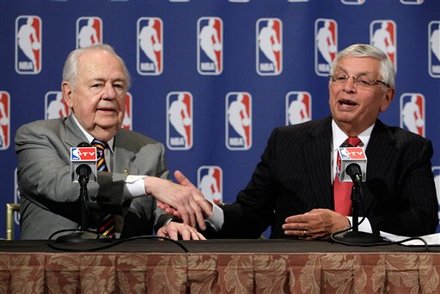When the Pelicans traded for Cousins, they were bucking the leaguewide trend toward small ball. Pairing two traditional big men together almost never works anymore, but Cousins and Davis are the furthest thing from traditional. Twin Towers lineups can succeed when both 7-footers are as multidimensional as those two. The reason New Orleans is still stuck in a rut is what happens when they go smaller: Cousins can’t handle the defensive responsibilities that come with being the only player his size on the floor. Instead of asking him to carry offensive-minded players on defense, the Pelicans should see if he can carry defensive-minded players on offense. The only thing left for them to do is to double down even more on big lineups.
One option would be to pair Cousins with one of their other centers when Davis is out, although both have flaws. Omer Asik missed the first month of the season after being diagnosed with Crohn’s disease, and he has played only 75 minutes since returning in mid-November. Asik can’t score in an empty gym, and his block rate has steadily declined over the last six seasons. Cheick Diallo, a second-round pick in 2016, has played only 323 minutes in the NBA. Diallo is an athletic big man with a 7-foot-4 wingspan who had a 11.9 percent block rate in college, but he may be too inexperienced to anchor a defense.
The other option would be to play Cousins and Davis more together, and let Holiday anchor the second unit with Asik or Diallo as the center. Holiday is having a career season, averaging 18 points and 5.4 assists a game on 48.5 percent shooting. According to NBA.com, the Pelicans have an offensive rating of 117.5 in the 73 minutes he has played without Davis or Cousins. In the 50 minutes Asik has played with Holiday, New Orleans has a net rating of plus-28.5. Those numbers would go down in a bigger sample size, but the Pelicans wouldn’t need much from those lineups. They just have to find a way to stop bleeding points when Davis is out.






 Reply With Quote
Reply With Quote








